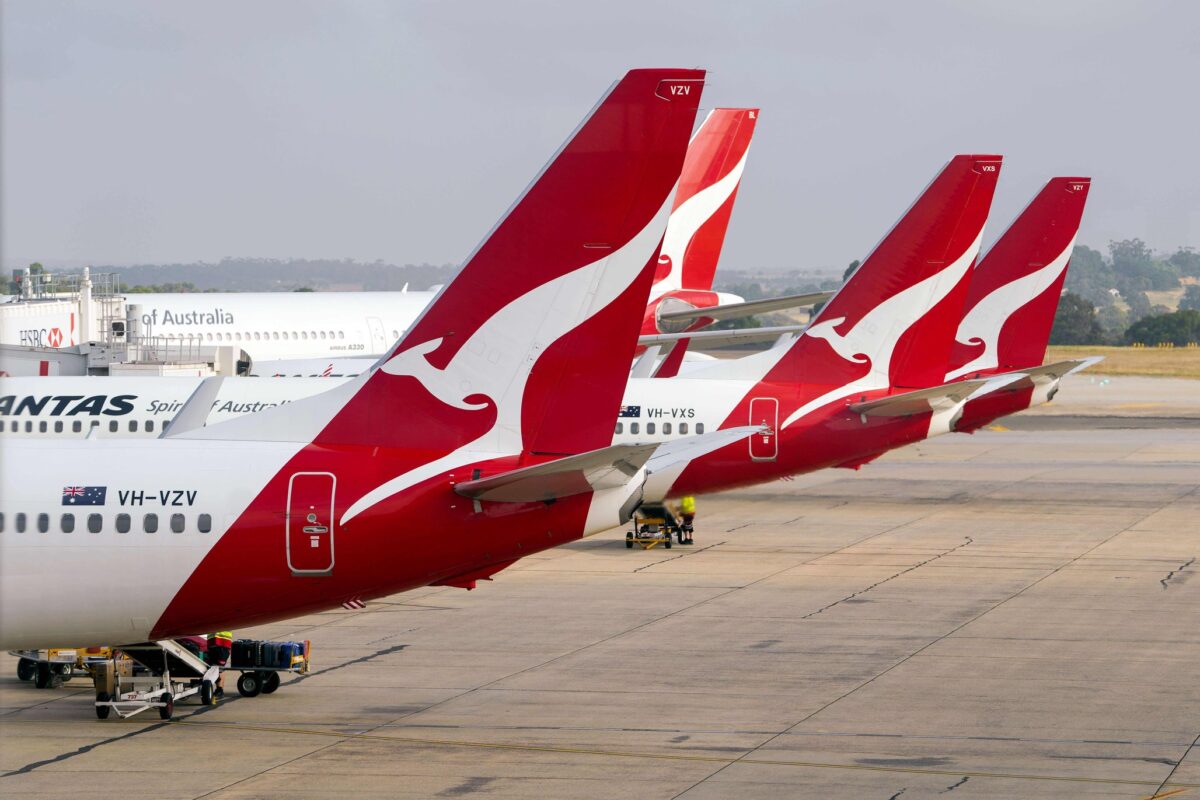
Our former Senator, Zdenko “Zed” Seselja, was said to be one of Canberra’s mythical creatures – except around election time. Dragons, wyverns, griffins and phoenixes are mythical, too. Not many of us can explain the differences between them, so “Whimsy” columnist CLIVE WILLIAMS did some research…

FIRSTLY, the“dragon” – a legendary creature that appears in the folklore of many cultures worldwide. In appearance, dragons often have a combination of feline, avian and reptilian features.
Crocodiles bear the closest real-world resemblance to dragons and may be the basis for Asian dragon imagery.
Beliefs about dragons vary considerably. Western cultures since the Middle Ages have depicted dragons as winged, horned, four-legged, aggressive, and capable of breathing fire. In fact, the name “dragon” is derived from the Latin word “draconem”, which means “huge serpent”.
By contrast, dragons in Asian cultures are usually depicted as friendly wingless, four-legged, serpentine creatures, with above-average intelligence. In China, only the imperial dragon has five toes on each foot. All others have four. Japanese and Korean dragons look similar to Chinese ones, but only have three toes.
The four-toed red dragon Y Ddraig Goch features on the national flag of Wales. The Welsh dragon is thought to have originated in Arthurian legend. The Celts believed that dragons were shape-shifters who could take any form they desired; including human form. Merlin the magician tells of the red dragon (representing Britons) defeating the white dragon (representing invading Saxons).
The tails of dragons vary a lot, too, with the Welsh dragon’s tail traditionally ending in an arrow shape.
A “wyvern” by contrast is a legendary dragon that has two legs. The wyvern in its various forms is important in heraldry. It’s also a popular creature in European literature, mythology and folklore. Today wyverns are often seen in fantasy literature and video games with dragon-like characteristics. The wyvern in heraldry and folklore is rarely fire-breathing, unlike four-legged dragons.
“Griffins” are unlike dragons. They are a legendary creature with the body, tail and back legs of a lion; the head and wings of an eagle; and sometimes an eagle’s talons as the front feet. Since classical antiquity, griffins were known for guarding treasures and priceless possessions. (Confusingly, there are two apartment blocks named The Griffin in Canberra.)
In Greek and Roman mythology, griffins and Arimaspians (a tribe of one-eyed people living in the Ural Mountains) were associated with protecting gold. Roman author Pliny the Elder wrote: “Griffins were said to lay eggs in burrows on the ground and these nests contained gold nuggets.” In medieval heraldry, the griffin became a Christian symbol of divine power and guardian of the divine.
The “phoenix” is an immortal bird associated with Greek mythology that cyclically regenerates or is otherwise born again (like some dodgy Canberra property developers). Associated with the sun, a phoenix obtains new life by arising from the ashes of its predecessor.
That reminds me, if you’re on a horse, surrounded by dragons, unicorns and other mythical creatures, and are concerned about your situation – it’s probably safest to wait until the music stops before getting off the carousel.
Clive Williams is a Canberra columnist
Who can be trusted?
In a world of spin and confusion, there’s never been a more important time to support independent journalism in Canberra.
If you trust our work online and want to enforce the power of independent voices, I invite you to make a small contribution.
Every dollar of support is invested back into our journalism to help keep citynews.com.au strong and free.
Thank you,
Ian Meikle, editor





Leave a Reply